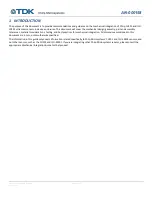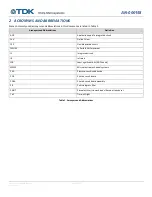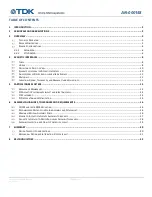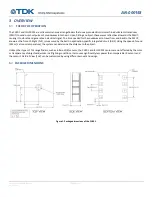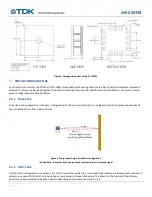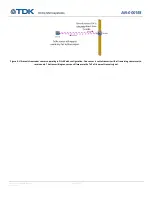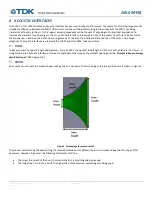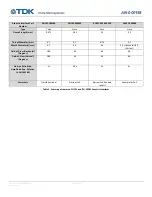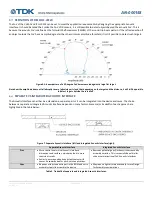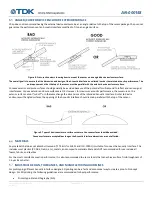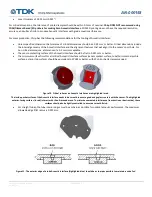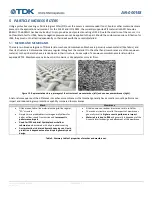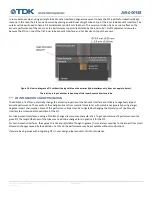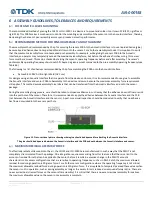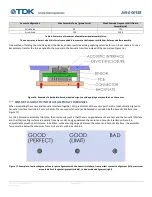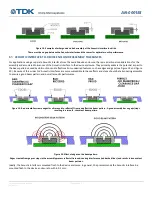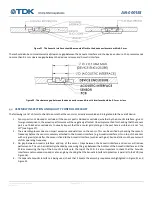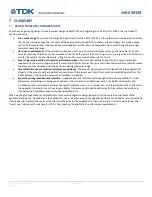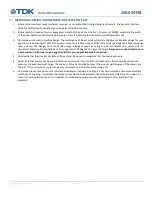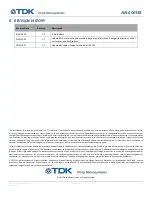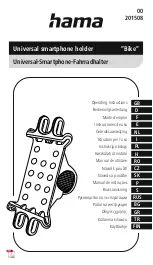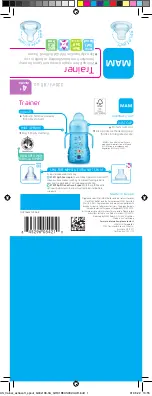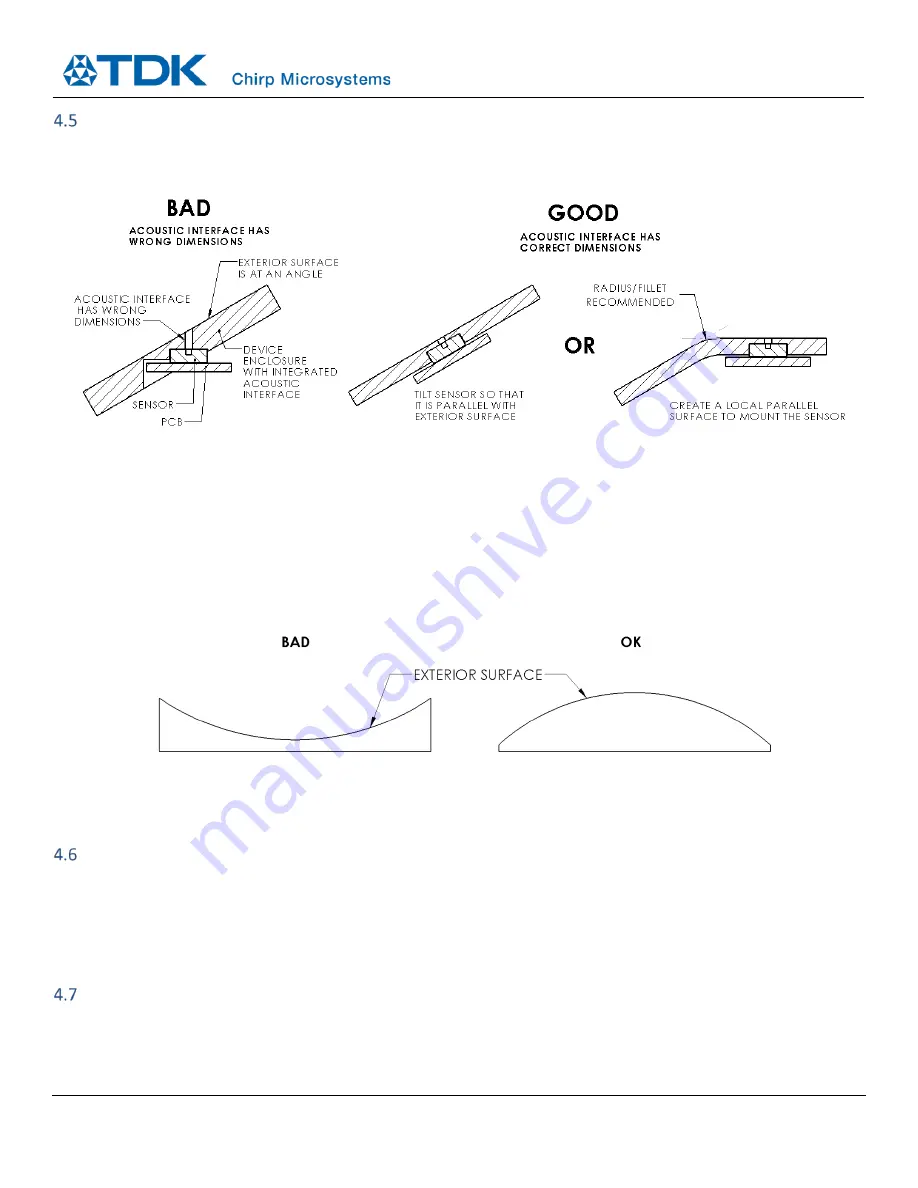
AN-000158
Document Number: AN-000158
Page 11 of 22
Revision: 1.2
ANGLED/CURVED DEVICE ENCLOSURE EXTERIOR SURFACE
Chirp does not recommend having the external device enclosure be at an angle relative to the top of the sensor package. Chirp cannot
guarantee the performance of an Acoustic Interface modified to fit on an angled surface.
Figure 8. Cross-section views showing how to mount the sensor on an angled device enclosure surface.
The overall goal is to ensure that the dimension and design of the Acoustic Interface is unaltered in order to maintain acoustic performance. The
end requirement is that the top of the sensor must be parallel with the exterior device enclosure surface.
Concave exterior enclosure surfaces should generally be avoided because of the potential for ultrasound to reflect and cause signal
interference. Convex exterior enclosure surfaces are OK. However, for maximum acoustic performance, the curvature on the
exteri
or surface cannot “cut
-
off” or otherwise change the dimensions of the intended Acoustic Interface. Similar to device
enclosures with angled surfaces, the opening of the Acoustic Interface should remain parallel with the top of the sensor.
Figure 9. Types of device enclosure surface curvature. Concave surfaces should be avoided.
Convex surfaces are acceptable as long as the Acoustic Interface dimensions are not affected.
MATERIALS
Any material that does not absorb ultrasound (~175 kHz for CH101 and ICU-10201) is suitable for use as the Acoustic Interface. This
includes most plastics (PC, ABS, Delrin, etc.), metals, and composite materials. Materials NOT recommended for use include all
foams, fabrics, and textiles.
For the most consistent acoustic performance, it is also recommended to use materials that can achieve surface finish/roughness of
1.6
μ
m Ra or better.
INDUSTRIAL DESIGN, TOLERANCES, AND MANUFACTURING GUIDELINES
For prototyping different Acoustic Interface designs, 3D printing can be a fast and economical way to create a proof-of-concept
design. For 3D printing, the following guidelines are recommended for best performance:
•
Printer type: Stereolithography (SLA)


